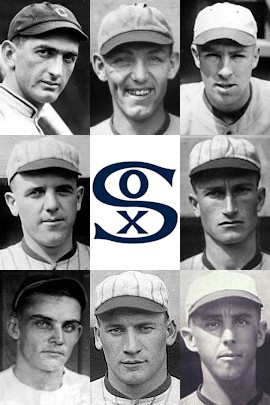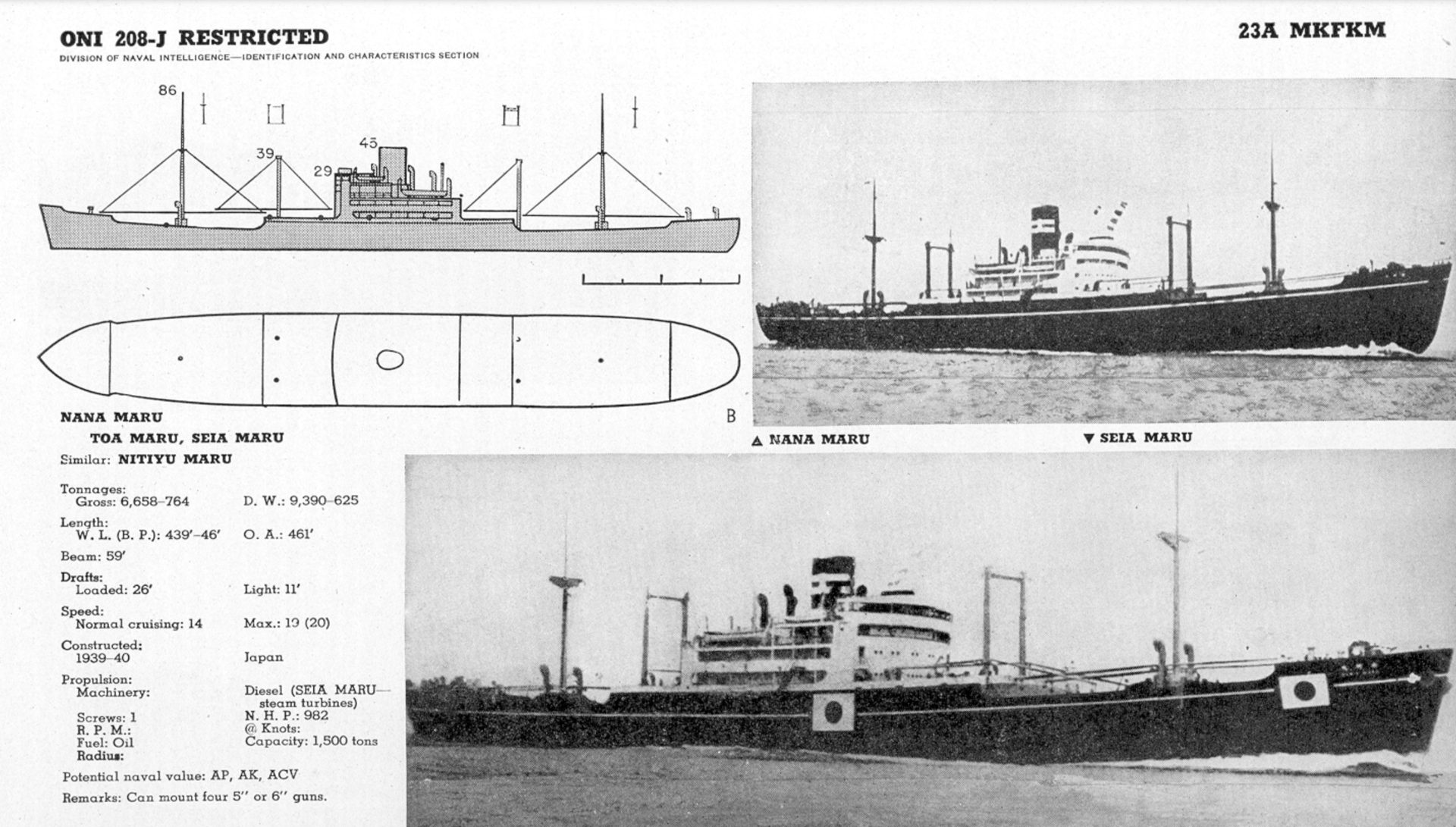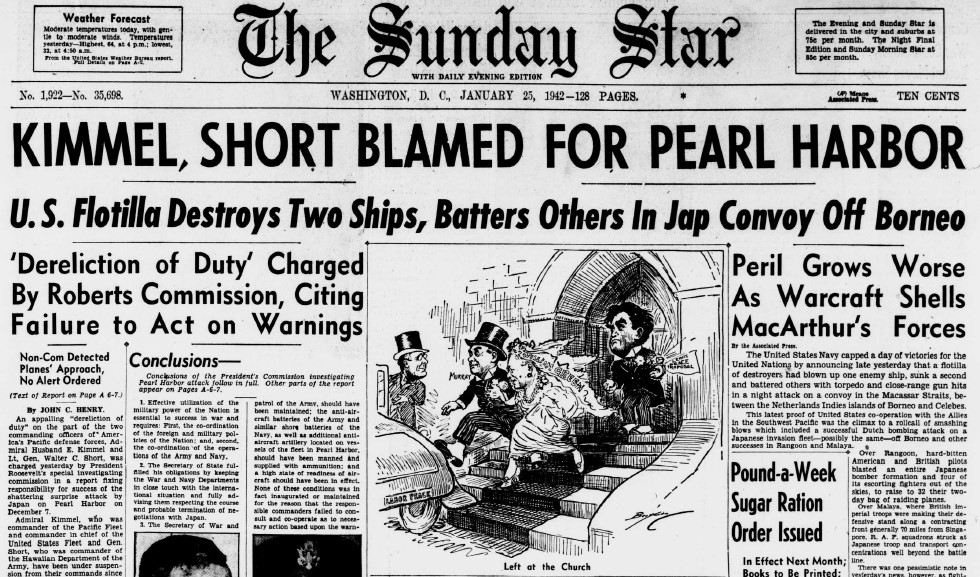World War II Chronicle: January 25, 1942
On page 36 of today’s newspaper, sports columnist Francis E. Stan ponders who was considered the greatest athletes or teams of all time. Interestingly enough, in 1941 they could just ask people who were there — plenty of baseball players from the late 1800s were still around.
A summary of the war’s 125th week is on page 28… Page 30 has a story on the Royal Air Force training pilots in the United States. Thousands of RAF cadets graduated from schools in Texas, Oklahoma, Florida, Arizona, and California (page 30)…
Sports section begins on page 34. “Jumping” Joe Dugan says the 1919 Chicago White Sox were better than the 1927 New York Yankees.
The Black Sox were better than Murderer’s Row? The team with six future Hall of Famers? The year Babe Ruth hit 60 home runs and still finished behind Lou Gehrig in MVP voting? Crazy as this sounds, Jumping Joe would know, since he played shortstop for Philadelphia when the 1919 Sox beat beat the A’s 17 out of of 20 games to Chicago and played third base for the 1927 Yankees…

Page 38 reports that Georgetown University’s undefeated freshman basketball team notched another victory, this time over the Quantico Marines. Andrew Kostecka scored 13 points for the Hoyas, and despite just playing for three seasons will set the school’s career scoring record — in 1948. Next season Kostecka starts for the varsity squad that went to the NCAA championship game. But by March 1943 he is in the Army. Kostecka serves as Gen. Douglas MacArthur’s Russian interpreter and is one of the first Americans to enter Nagasaki after the atomic bomb. He returned to Georgetown for two more seasons before going pro, playing for the Indianapolis Jets before being recalled to the Army during the Korean War. Kostecky worked in military intelligence and later the CIA.
It’s interesting that there were just eight basketball teams playing in the championship tournament 80 years ago. Modern tournaments have 68 teams. The 1941-1942 regular season is wrapping up, after which will be the fourth-ever NCAA championship tournament, known as “March Madness” now.
But enough sports; there is a war going on, and it’s been a particularly rough weekend for the Imperial Japanese and United States navies. As the oiler USS Neches steamed west from Hawaii to rendezvous with USS Lexingon and Task Force 11 the crew spots an enemy periscope around midnight on Jan. 23, and the ship takes evasive action. Nearly four hours later, a torpedo from I-72 hits the ship, which sinks Neches a little over an hour later. 57 crew members perish, and 126 survivors are rescued over the next several days.
Also on the 23rd, the submarine USS Seadragon is hunting a Japanese convoy off of French Indochina (Vietnam). She hits the 5,000-ton cargo ship Fukuyo Maru which develops a list and beaches on the coast. The American sub likely would have sunk more had several of her torpedoes not missed. This is becoming quite a common problem for the Americans. We will get into the problem with torpedoes soon, which will be an interesting story.
Meanwhile, the Americans and Dutch are feasting on Japanese shipping in the Makassar Strait: Royal Netherlands East Indies Army Air Force Martin 139 bombers (export version of the B-10 Bolo) attack and sink the 6,700-ton transport Nana Maru which was hauling aviation gasoline. The Dutch bombers claim another transport — Jukka Maru — on the 24th. That same day, the destroyer USS John D. Ford sinks the transport Kuretake Maru. Another destroyer, USS Pope, sinks Sumanoura Maru while the transport was at anchor. The Dutch sub HNLMS K XVIII and thetorpedoes and sinks the 7,000-ton transport Tsuruga Maru, and the Dutch bombers strike again, wounding the transport Tatsugami Maru, which is finished off by Pope and fellow destroyer USS Parrott.
In case you’re a landlubber like me and wonder how big a 7,000-ton ship is, here is Nana Maru in the Office of Naval Intelligence’s Recognition Manual for Japanese Merchant Ships:

Four American destroyers teamed up to mortally wound the patrol boat PB-39, which was formerly a Momi-class destroyer. While the naval portion of the Battle of Balikpapan is going fairly well for the Allies, the Americans do lose a submarine in the Gulf of Panama om the 24th when USS S-26 accidentally collides with the patrol boat USS Sturdy. Only three crew members survive.
Click here for TODAY’S NEWSPAPER
Evening star. (Washington, D.C.), 25 January 1942. Chronicling America: Historic American Newspapers. Lib. of Congress.
https://chroniclingamerica.loc.gov/lccn/sn83045462/1942-01-25/ed-1/
